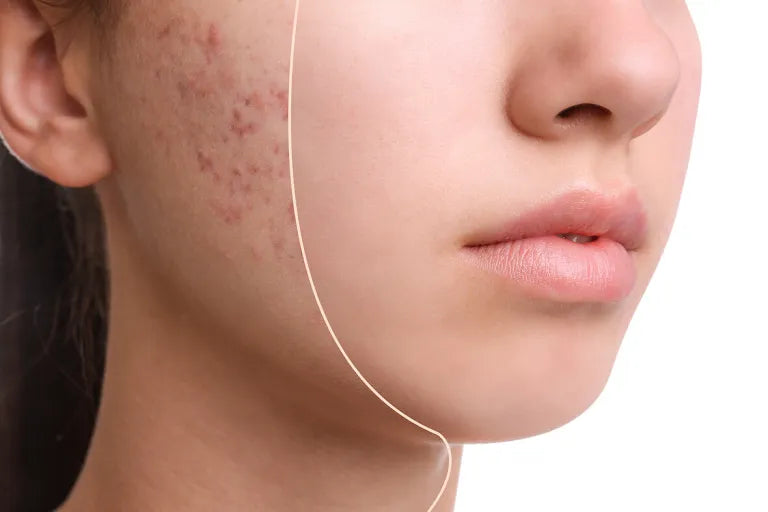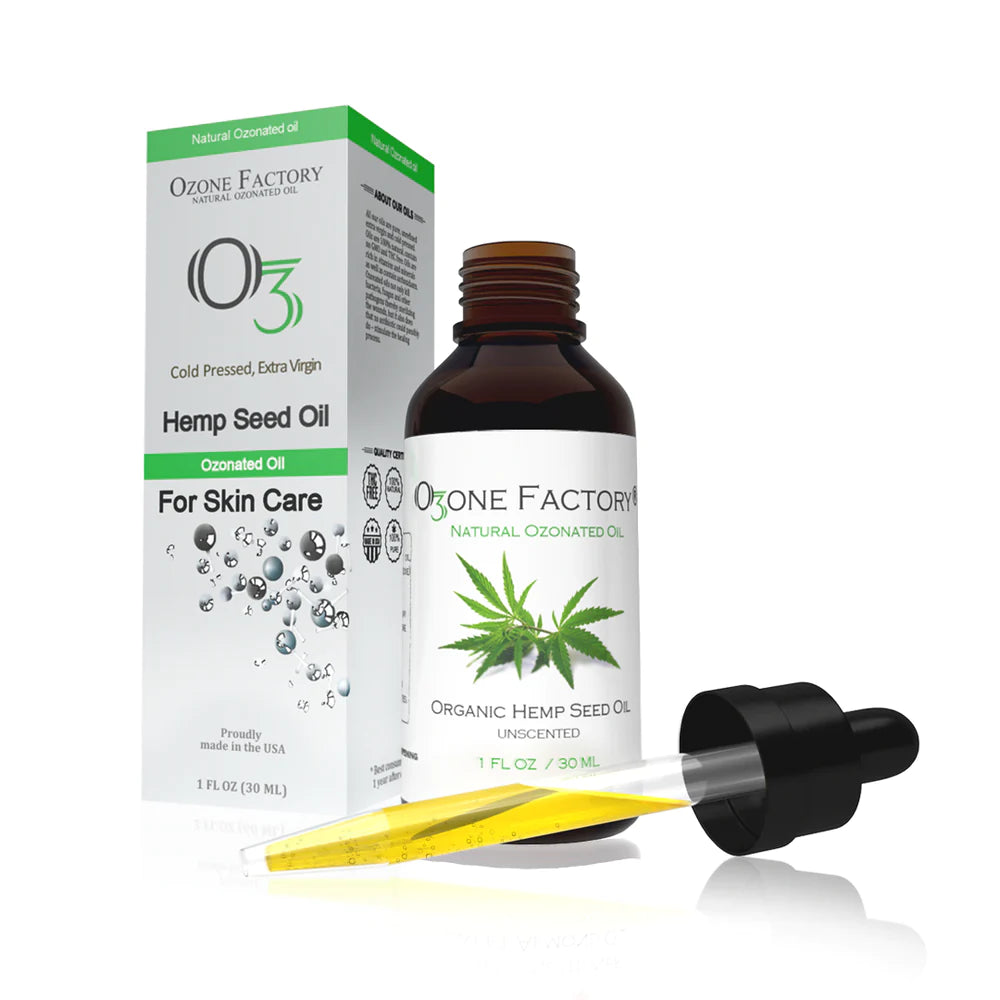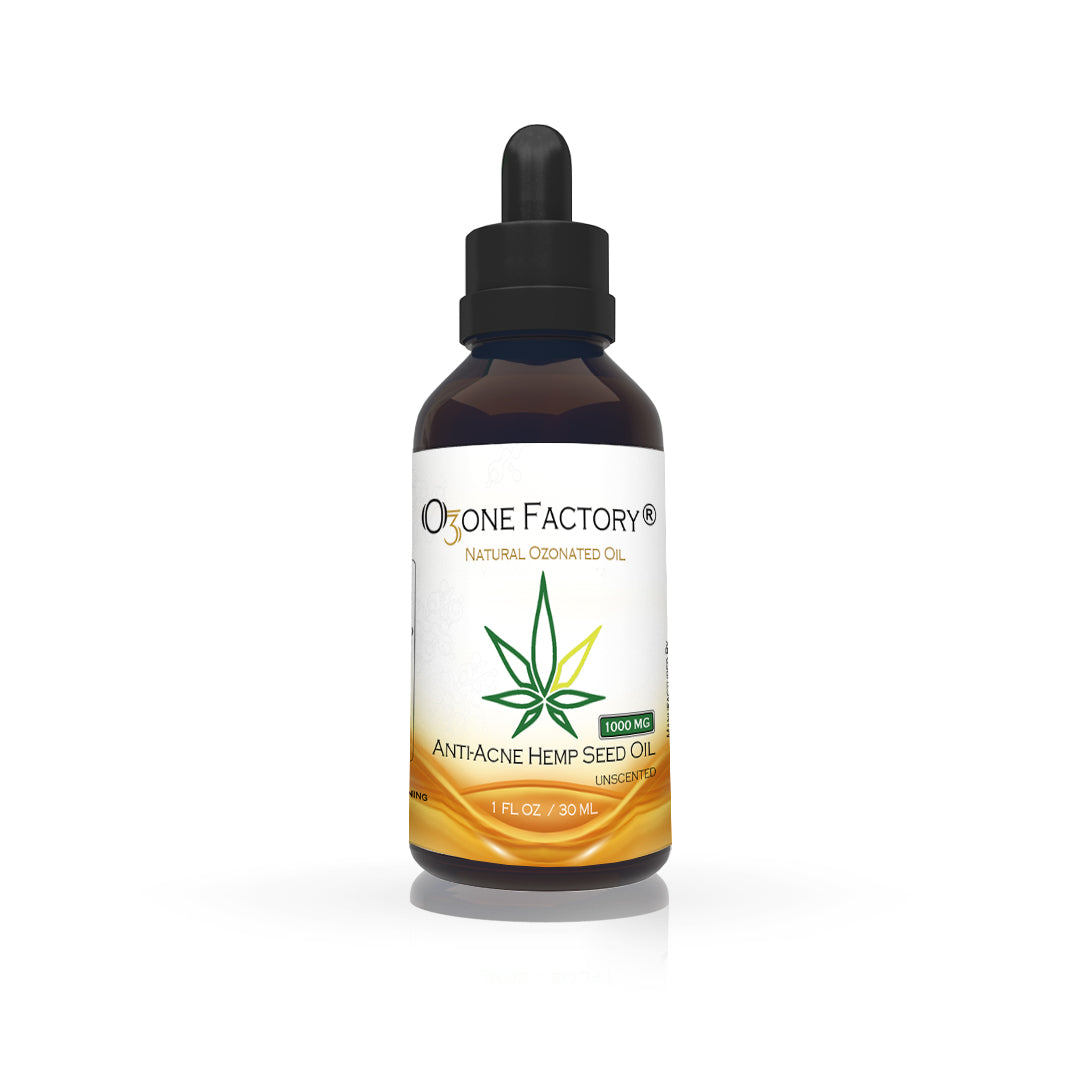Every skin is different; therefore, it is important to know all types of skin and the diseases that may affect each one. How to determine your skin type?

Several criteria are used to classify the different types of skin. For example, Fitzpatrick's classification, first described in 1975, is based on skin color and its response to sun exposure. It is used to determine the proper type of sun protection factor or to predict the risk of skin cancer, among others.

From a cosmetic point of view, skin is classified according to several factors related to its balance: sebaceous secretion, hydration and sensitivity level. Thus, each type of skin will have its own characteristics and require different cares. The type of skin is determined by genetics, although it will also be affected by other factors and can change with time.
The American Academy of Dermatology (AAD) recognize five main skin types:
- dry
- oily
- combination
- sensitive
- normal.

DRY SKIN
In many cases, dry skin is caused by external factors such as the weather, low air humidity and immersion in hot water, and it is usually temporary. However, for some people it may occur more often and even be a lifelong condition. Since dry skin can crack leaving it more exposed to bacteria, although in general this is not serious, it may cause other skin disorders, such as eczema, or be more prone to infections if not properly managed.
Dry skin signs and symptoms may vary depending on different factors such as age, health status or their cause. It is generally characterized by a feeling of tightness and roughness. It may also acquire an ashy gray color, with occurrence of desquamation, itching, redness and small cracks. Cracked skin is usually observed in very dry skin and presents small cracks, which, in more serious cases, may be deeper and even bleed.

Atopic skin is a skin disease characterized by dry skin that leads to desquamation and irritation and causes upsetting symptoms, such as itching. The main cause is genetic predisposition, although other factors may trigger its occurrence or aggravate the condition as well, which may be environmental, allergic, related with food and even with some clothes.
OILY SKIN
Oily skin has a porous, humid and bright appearance. It is caused by excessive fat production by sebaceous glands, and usually determined by genetic and/or hormonal causes. It is frequent in adolescents and young people under 30 years old, and usually related with the occurrence of acne.

COMBINATION SKIN
Based on its location, it presents characteristics of both dry and oily skin since the distribution of sebaceous and sweat glands is not homogeneous. The area with more oil is usually the T- zone (forehead, nose, and chin), while the skin on the cheeks is normal or dry.
SENSITIVE SKIN
Sensitive skin is more prone to react to stimuli to which normal skin has no reaction. It is a fragile skin, usually accompanied by feelings of discomfort, such as heat, tightness, redness or itching. This type of skin loses its barrier (or protective) function, making it easy for microorganisms and irritant substances to enter it, and increasing the possibility of having an infection and allergic reactions. It is a delicate skin that needs more care to fight dryness, roughness and its usual appearance. Sometimes, it is referred to as irritated skin instead of sensitive, but these terms are synonymous and there are no dermatological differences between them.

NORMAL SKIN
This skin is neither too dry nor too oily. It has regular texture, no imperfections and a clean, soft appearance, and does not need special care.

How to find your skin type?
To determine skin type:
- wash the face with a gentle cleanser
- pat dry with a clean towel
- observe how the skin looks and feels immediately after washing
- take note of how this changes over the next few hours
Dry skin will feel dry or tight shortly after washing. It may also look dull, rough, or flaky.
Oily skin may look matte after washing, but will become shiny or greasy over the next few hours. The oil will be visible if a person blots their nose with tissue.
Combination skin typically involves an oily T-zone and normal or dry cheeks. The T-zone includes the forehead, nose, and chin. After some time, this area will look shiny or greasy, but the cheeks will not.
Normal skin will look clear, even in tone and texture, and will not feel tight or irritated after washing. It will not change much during the course of the day.
Sensitive skin may sting, burn, or itch after a wash.
Can skin type change?
A person’s skin type changes throughout their lifetime due to changes in their body.
During adolescence, a person’s skin may be oilier than it was during childhood. Sometimes, this continues into adulthood. Other factors that can cause fluctuations in skin type include:
- pregnancy
- menopause
- medications
- aging
- moving to a different climate
- exposure to pollutants and irritants.







